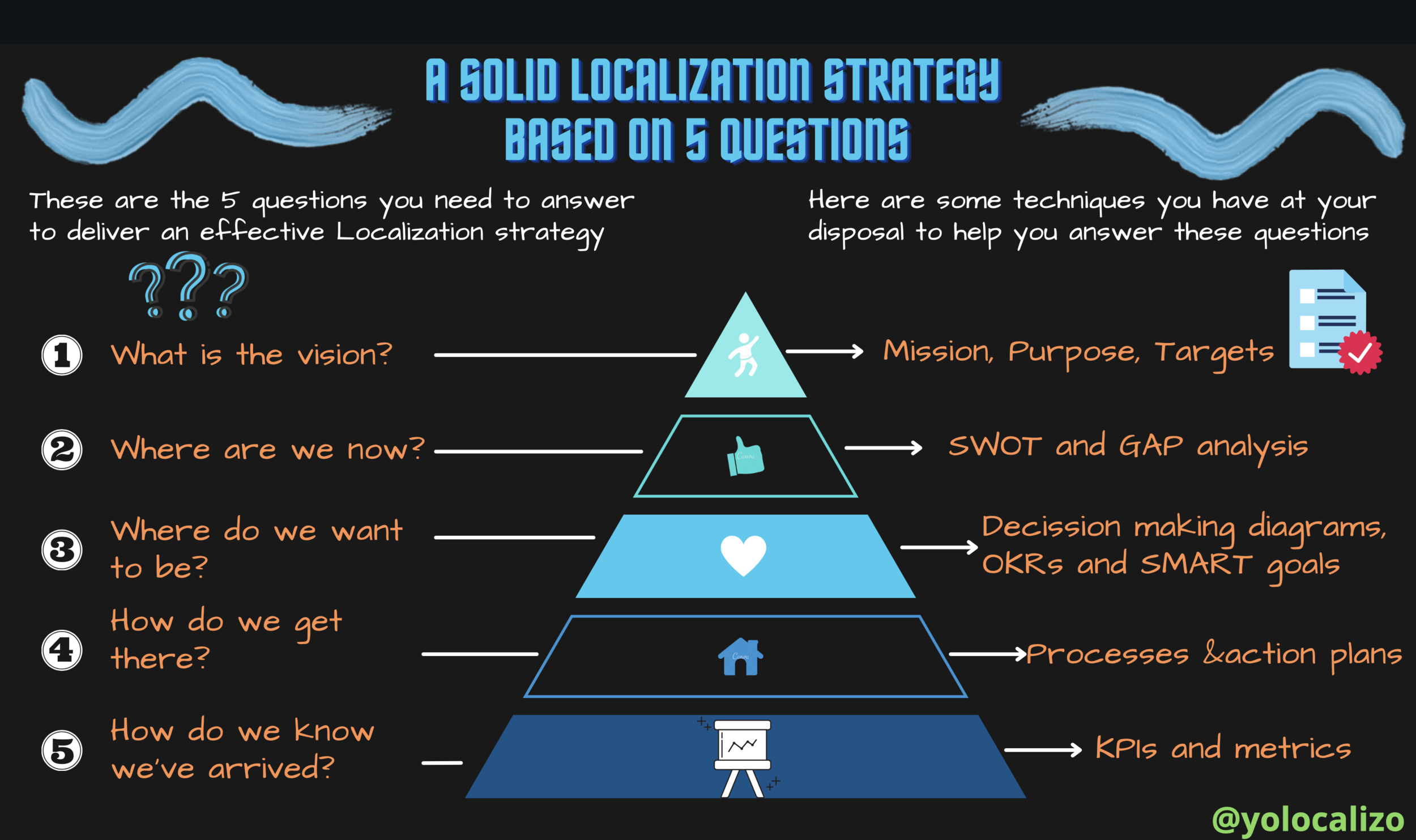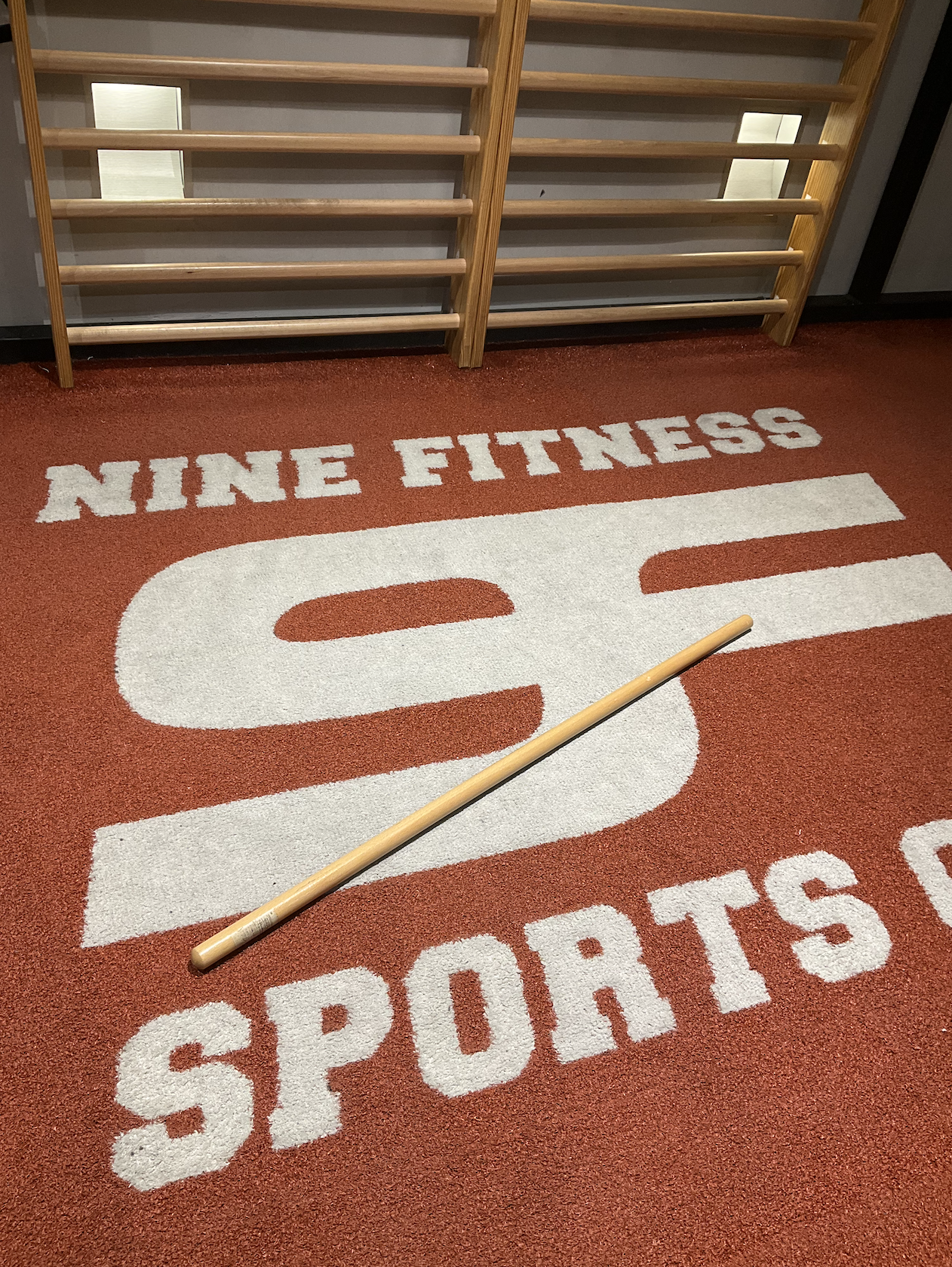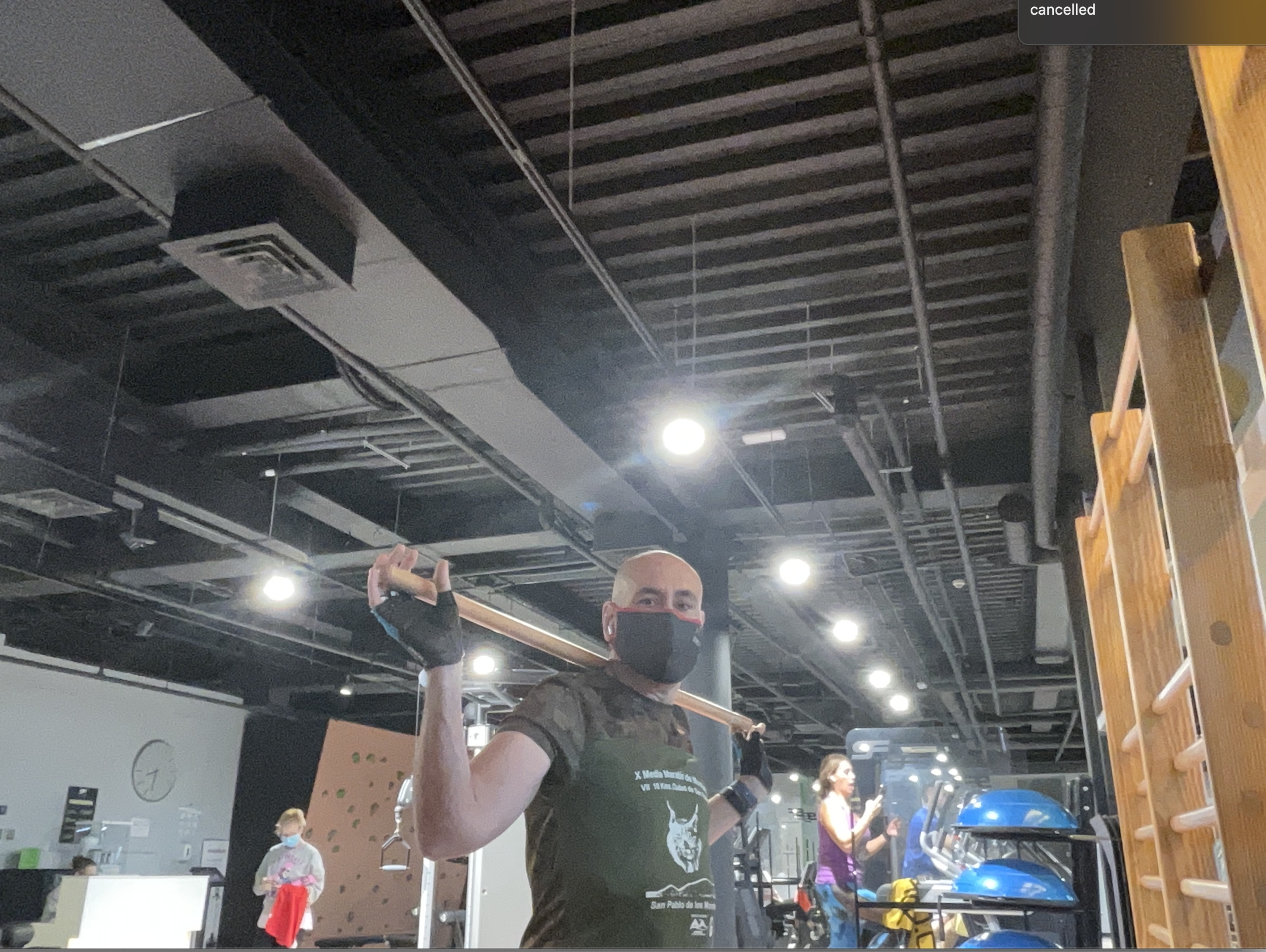Back to the basis, creating a solid Localization strategy by answering 5 questions
Going to the gym has become my keystone habit.
In my latest training sessions, I'm varying the routine and using different machines to work other muscles.
Something that strikes me about the gym I go to is that it has machines that I consider very rare!
That happened to me on Thursday when I felt like working my hips.
I went to a machine with a sign that said "multilateral hip machine ."
I walked up to it, looked at it, and thought ... where do I start?
I was overwhelmed by the number of adjustments it had.
You adjust the resistance, the height, the degrees, the orientation ..... I don't know, it seemed like too much sophistication to work the hips! Lately, I have the feeling that we like to (over) complicate things.
There is an infinite amount of content on the subject of fitness and nutrition.
Something similar happens when we talk about leadership and management.
If we do a quick search on Amazon in the Leadership category, we will find more than 60,000 books on the subject.
We search for management, and the number shoots up to over 100,000 results. Really, are so many books necessary to deal with the topic of leadership and management ?? (hahaha and this is coming from someone who in his Kindle 80% of the books are leadership, a percentage that would be even higher if it weren't for the fact that Harry Potter and Percy Jackson stories are so many books!)
On many occasions, I think that so much information actually confused us; that's why when I saw that complex machine in the gym, or when I saw the tide of leadership & management books that are out there, the following questions come to my mind.
What would happen if we focused on the fundamentals?
What would happen if we focused on learning and understanding the basics of bodybuilding?
What would happen if we focused on learning the basics of how to eat well?
And applying this reflection to the subject of this blog,
what would be the fundamentals when applying leadership and management in a localization program?
Join me because, in the following paragraphs, I will save you from having to read hundreds of leadership/management books!
The pillars of leadership applied to a Localization program are 5
Click HERE to download the infographic
What's the vision?
The first one is about vision.
In this pillar, we must stop and reflect on the mission of our localization team, the mission of our localization program.
Vision helps us ensure that everything our localization team does is directed toward the same goal.
By examining the purpose behind everything our team does, we can ensure every that strategy and task contribute to the team's vision.
When we define the vision at the strategic level, it is an excellent time to discuss the department destination and how the localization contributes to the organization's annual objectives.
Where are we are now?
Source: How to perform a Gap analysis . Creately
Once we know the vision for our localization program, the next natural step in our localization strategy is to understand where we are now. This involves reflecting as much about our Localization program as possible, including how it operates internally, what drives its profitability, and the potential threats.
Some tools we can use to understand where we are now are:
Gap/Baseline assessment or the famous SWOT (or SWOR analysis)
The Baseline Assessments provide you the information you need now to stay on top of your Localization program. After taking the Baseline assessment, you will understand better your current situation.
Where do we want to be?
Here we analyze:
What results do we want to achieve?
What's the problem we are attempting to solve?
What's the opportunity we are trying to take advantage of?
In short, when we run our localization program… what do we want to happen? Where do we want to be?
The key to this pillar is to be very clear about the definition of success; we will not be able to reach our destination if the destination is not that clear.
Defining a measurable target is the key step here.
How do we get there?
In this section of our leadership/management fundamentals applied to localization, we must think about how we will get there.
It is time to list the actions we must take within a particular timeline while running our localization program to achieve a goal.
While thinking about how to get there it is also useful to think about what resources are required to reach the destination and create a timeline of what specific tasks need to be completed. It’s writing and documenting process time!
How do we know we've arrived?
This pillar is all about KPIs and metrics. In other words, the key is to track and measure.
If we don't measure progress, how do we know when we have arrived?
By measuring goals regularly and keeping track of them, we will know if we are progressing correctly towards our objectives or not.
In this pillar, when we think about how we know when we have arrived, it is fundamental to define what evidence will prove we are making progress, and we need to reevaluate it when necessary.
In summary
Sometimes going back to the basics of things is good. It brings clarity because often, more and more and more and more is not always better.
Training machines that are getting more and more complex are not always necessary to train at a certain level. Diets that are getting more and more complex are not always helpful to learn to eat healthily. And, more and more leadership/management books can end up meaning that we do not take action as we are in "motion" mode reading and reading.
More does not always have to be better. And in many cases, it is best to consider going back to the basics. Back to the fundamental core concepts is the best strategy to successfully run our Localization program.
In the end, I trained my hip by taking a stick and turning it on itself, simple, but effective, because the next day, I had stiffness! Going back to the fundamentals is often worth it!
Have a great week ahead!
@yolocalizo


















This feels like a pivotal moment. Localization teams are being asked to support more markets, move faster, use AI responsibly, and show impact, not just output. Expectations are higher than ever, but many teams are still trained mainly for execution. We are strong at delivering localization work, yet we often struggle to move from output to outcome and to clearly explain the impact of what we do.